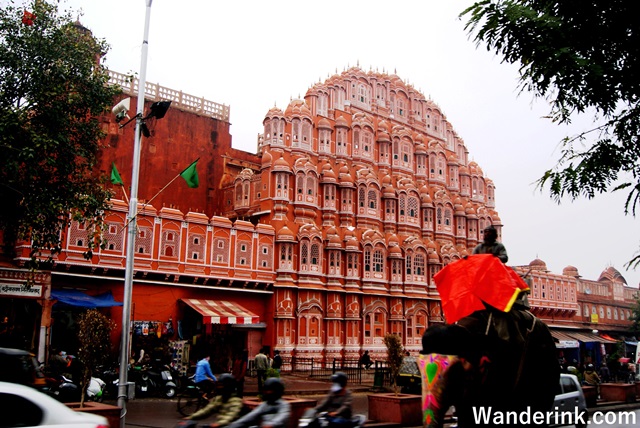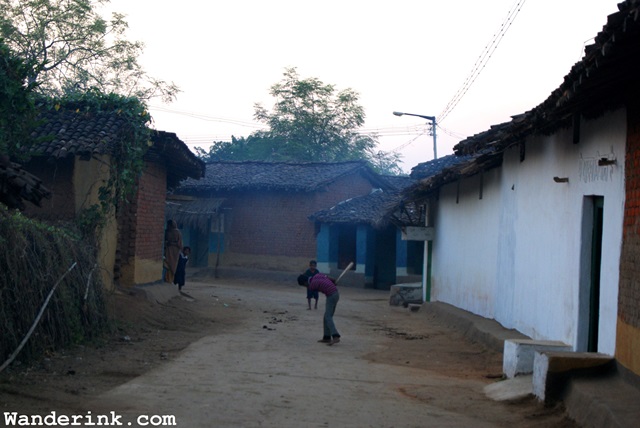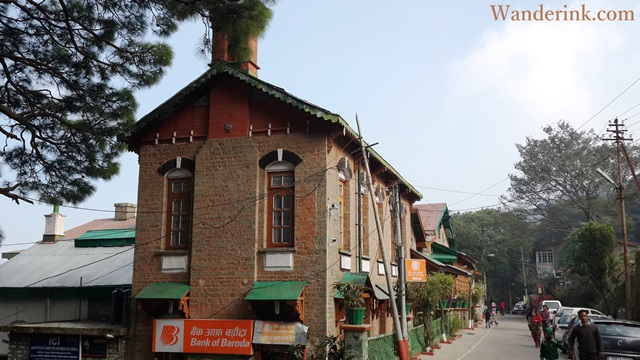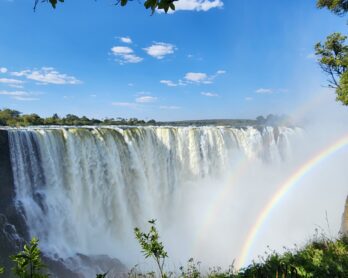“Do I want to see what?” I asked Soumik Dey of Chhattisgarh Tourism Board when we were charting my itinerary into the south of Chhattisgarh. It was not that I didn’t hear him say the ‘Stonehenge of India’ but never one for epithets – after all, piggybacking can take you only so far – the question was reflex and rhetoric in equal part. I told him that I’d rather spend more time gazing at the Tandula Canal from the colonial era guesthouse by its banks at Balod where I would
Here’s putting the final brakes on the controversial cycle rickshaw rides that were going for thousands of rupees: the best way to take in Jaipur – the heritage part of it, famously, albeit a bit confusingly called the ‘Pink City’ – is by foot. Going around Jaipur is like gadding about in a time machine. Medieval and modern coexist within a chaupar (a ‘junction’ or ‘square’) from each other. Sometimes even within each other like the Jaguar prowling about the City Palace courtyard, taking a Hollywood star around, guests of the royalty now democratically
We have all been enthralled by talented soloists, dancers and ensemble performers who wove around us magical realms from myths and epics and immersed us in engrossing folkloric tales with narrative mastery. Their sublime gifts have left us in teary-eyed rapture, transported us into higher planes of existence itself. After an hour or few we are jolted awake abruptly from the sensory-awe, ruthlessly pushed off the flying carpet into the mundane of the everyday world around us. Literal curtains to the magic. We hit harsh reality with breakneck speed. After
We passed by villagers heading back from the weekly haat, market, in Kodenar. Women balanced empty vessels on their heads which had ferried local brews mahua and salfi that morning. Men veered drunkenly towards the middle of the road, tilted their heads in the opposite direction attempting to tread a straight line. Those on bicycles held their prized fighter cocks in the cradle of their arms more tenderly than the women their babies. It was a rough, dusty lane and most of them were barefoot. They all hurried to their homes
Daroga Ram raked back with his hand the sparse tuft of white feathery hair repeatedly. Frowns cut burrows across his high forehead. He had no idea what to do: this time the scrimshanking contractor had abandoned work altogether and had vamoosed. The museum that was coming up in the memory of his mother, celebrated folk artist Sonabai, lay derelict in a space cleared next to the family’s fields, amidst sand in plastic sacks split-opened from the impact of careless, hurried stacking. The requisitioned concrete hadn’t reached for over a week
The cab went around the landmark state secretariat building for the third time making the passenger, a tourist, suspicious. “But didn’t we pass by here earlier?” he asked, cautious, not wanting to offend the affable, garrulous driver. “Sir,” the cabbie replied, in his die-rather-cheat tone, “in Trivandrum we have six of them.” This could have been either a comment on tourist gullibility or a joke on cabbie cleverness but definitely before GSM mapping. Today wired fares direct taxis and auto rickshaws through the shortest route amid embarrassed protestations of ‘dharna’
What make a place really memorable are not its landmarks or landscape, wealth or history but the dreams of its people. As dreams shape action which chart destinies this could indeed be a faultless gauge on how it should be marked for posterity. ‘Dabanng nagar’ somebody had not scribbled nor sprayed in the hasty haze of a fly-by graffiti but painstakingly stencilled in broad white strokes which stood out against the orange brick of the warehouse wall that loomed over Mohada village. ‘Fearless/powerful town.’ The proclamation had sounded hollow from what
‘I thank god for this beautiful country and for the balm it is to my spirit, which has been in the last two years so cut and torn and is now by his mercy receiving comfort and strength again,’ wrote Stokes from Kotgarh to his mother in America in a letter dated September 1913. Thank god over a hundred years later Kotgarh is still a beautiful country. Or thank Stokes? Samuel Evans Stokes was an American missionary who worked in a leper home near Shimla for two years where the
If Shimla is about all that’s gone wrong with Himachal Pradesh, Kasauli is everything that’s going awry. Despite repeated warnings and notices by the Green Tribunal, the state government is in a perennial hurry to lift the construction ban on 17 green belts around Shimla considered the capital city’s lungs – and pave the way for scores of real estate developers to roll in with their earthmovers and automatic lumberjacks; citizens are forced to file petitions against free plying of government vehicles along auto-free zones; dumping of untreated waste including
The first thing i did upon waking up was marvel at the ingenuity of the decor. My head was throbbing, threatening to split itself open. But over the years i had learnt to focus on other things through terrible hangovers, resilience cultivated through good time on the road. The jackhammer pounded at my temples from inside but i gazed, unblinking at the puke-green fabrication with a kind of awe you possess only when stoned. Through a nauseas, claustrophobic feeling of lidding from the cornea out to cranium i smiled which
















